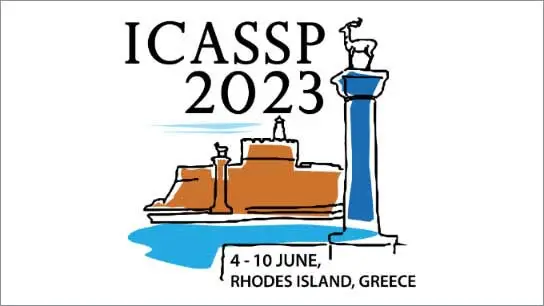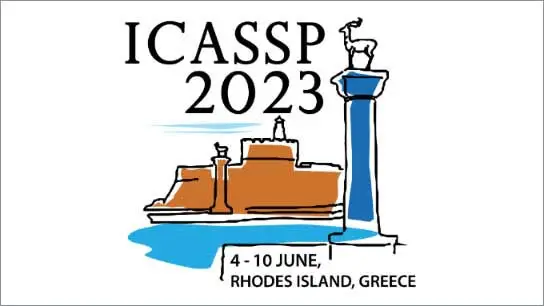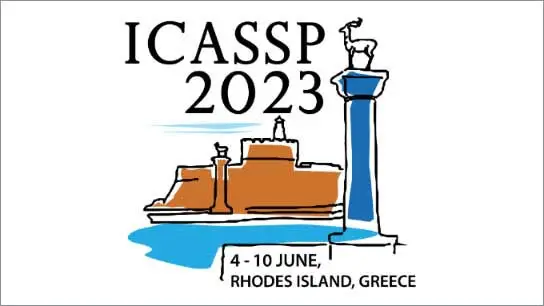Abstract Representation for Multi-Intent Spoken Language Understanding
Rim Abrougui (Orange Innovation Lannion); Geraldine Damnati (Orange Innovation ); Johannes Heinecke (Orange Innovation); FREDERIC BECHET (Aix Marseille University)
-
Members: FreeSPS
IEEE Members: $11.00
Non-members: $15.00
07 Jun 2023
Current sequence tagging models based on Deep Neural Network models with pretrained language models achieve almost perfect results on many SLU benchmarks with a flat semantic annotation at the token level such as ATIS or SNIPS. When dealing with more complex human-machine interactions (multi-domain, multi-intent, dialog context), relational semantic structures are needed in order to encode the links between slots and intents within an utterance and through dialog history. We propose in this study a new way to project annotation in an abstract structure with more compositional expressive power and a model to directly generate this abstract structure. We evaluate it on the MultiWoz dataset in a contextual SLU experimental setup. We show that this projection can be used to extend the existing flat annotations towards graph-based structures.



